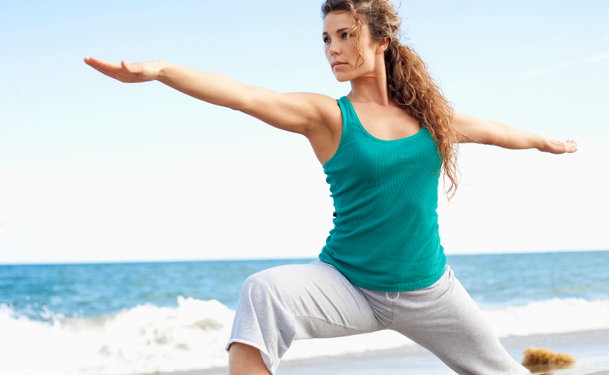Our legs do a lot of work, from standing and walking, to climbing stairs and squatting. If you want to reduce your risk of developing varicose veins, or if you already have them and want to relieve your symptoms, you need to keep your legs healthy. Here are some tips to make sure your legs stay—or get—in peak condition for years to come.
1. Maintain a healthy weight
Carrying too much weight can increase your risk of developing varicose veins as it puts pressure on the valves of the veins, causing wear and tear. Over time, if blood is unable to circulate properly it will back up and pool in the legs, leading to unsightly varicose veins. Extra weight also puts strain on the joints, especially those in the knees and hips, and is a risk factor for heart disease, stroke and diabetes. Maintaining a healthy weight requires a well-balanced diet and regular exercise.
2. Eat a healthy diet
Eating a nutritious diet rich in fresh fruits and vegetables, whole grains and lean protein will power the muscles of your legs and improve your circulation. Reducing your intake of salt and saturated fat can also decrease your risk of heart disease, which may also lower your chance of developing varicose veins.
3. Stop smoking
Smoking causes the blood vessels to harden and narrow. This can contribute to poor blood circulation in your legs. If you smoke, make a point to quit as soon as possible.
4. Exercise regularly
Exercise strengthens not only the muscles of your legs, but also improves your blood circulation. If you are new to exercise, check with your doctor first. Find an exercise program that you will stick with, ideally a combination of cardiovascular exercise and weight/resistance training. Aim for at least 30 minutes a day, five days a week.
Try some yoga. Yoga is a great low-impact exercise that stretches and strengthens your legs. At the same time, it encourages your blood circulation as you move and breathe in a coordinated fashion. There are also several yoga poses that involve raising your feet above the level of your heart. These will help drain the blood from your legs.
5. Get up and move
If you sit at work, get up regularly and move around to exercise your legs and get the blood moving. If you stand at work, take frequent breaks to sit with your legs elevated. Plus, add more physical activity to your day. Instead of riding in the elevator, take the stairs. Or, get off your bus one stop early to walk the rest of the way.
6. Elevate your feet
We spend most of our day with our feet below the level of our heart. This challenges the flow of blood from the legs. Put your feet up throughout the day to help the blood flow from the legs. Sit with your feet up on a desk. Lie on your back with your legs up a wall, or raise the foot of your bed by six inches for extra drainage of the blood.
7. Fly safely
Sitting on an airplane for extended periods of time can increase your risk of developing blood clots, which are potentially lethal. If you fly, keep your blood flowing from your legs by regularly contracting your calf muscles—point your toes, lift your heels up and down and roll your ankles. Also, walk around the cabin every 30 minutes or so. Some doctors recommend wearing compression stockings to encourage the blood flow from your legs.
8. See a vein specialist
Talk to a vein specialist if you have any of the following symptoms in your feet or legs: swelling of the veins, discoloration of your skin, change in skin temperature, weaker pulse in your ankle or foot, pain or numbness. Your specialist can determine if these are signs of a serious medical condition and provide you with treatments that can help improve your leg health.


